Review for The Deadly Trap (René Clément)
This is one of four concurrent Clément releases and is a wonderful illustration of his ability to get great performances from his cast including children. However, it’s so startlingly different in look and feel to ‘Forbidden Games’ and ‘Gervaise’ (its soft focus, low contrast colour quite different to the deep monochrome of those films) that it’s also a great illustration of the difference every cinematographer makes.
This is one of a number of thrillers that Clément made, earning him a reputation as ‘the French Hitchcock’ (though in truth it’s a title that has also been often bestowed on Claude Chabrol and Jean-Pierre Melville).
Featuring a completely mesmerizing performance from Fay Dunaway (despite working with an almost exclusively French cast and crew) it’s a tight thriller with plenty of twists and turns. With so many scenes on the canals and waterways of Paris and its theme of disappearing children it’s highly reminiscent of Roeg’s ‘Don’t Look Now’ bit it pre-dates that film by two years. It’s almost impossible to imagine that Roeg hadn’t seen it prior to making that ultimately superior film in Holland.
Set against a marriage that appears to be on the rocks, the opening of the film starts with Fay Dunaway and her children on a ride upon an industrial barge in the twilight of a Paris winter’s day. It seems that she has boarded the vessel on impulse, though we are never quite sure whether this is part of her creative nature or early signs of psychological illness.
Her husband is a devastatingly handsome but difficult academic, quite brilliant and now working for a publisher of academic books. But he has a past which threatens to catch up with him. An ‘organisation’ that demands he continues to work for them with darkly veiled threats about his family’s well-being.
In the meantime, we see further examples of Jill’s (Fay Dunaway’s character) breakdown as it appears she frequently forgets things. The couple have been befriended by a neighbor who spends all her time with them and the children and a psychiatrist suggests to Jill that maybe the neighbour has something to do with all the things that go missing or seem to be being forgotten.
One day when out with the children Jill is in a terrible car accident. Her husband becomes convinced that his family is under threat – especially when a large bunch of white roses arrive at their apartment with just three red roses amongst them.
Eventually the worst happens and the children are abducted. With the police’s help the plot starts to disentangle with some unexpected revelations on the way (I won’t spoil them here).
The score is highly effective, providing just the right air of pervasive melancholy and often twisting to pernicious evil to help crank up the tension – like when the children descend down the steps of a subway whilst their mother is distracted by a flower saleswoman.
It’s an odd film in the sense that it mixes English and French dialogue (this version offers up English subtitles wherever necessary) as well as some clumsily dubbed English voices too. Despite this, and a slightly washed out look to the film (a popular look in the early seventies after the Technicolor blasts of the previous decade), it’s a thoroughly enjoyable thriller that moves along at a surprising pace.
There are no extras which is a shame as some context would have been very welcome. However, this alone should not deter you from what is another great addition to this current cluster of Clément releases. Let’s hope more are on the way!
This is one of a number of thrillers that Clément made, earning him a reputation as ‘the French Hitchcock’ (though in truth it’s a title that has also been often bestowed on Claude Chabrol and Jean-Pierre Melville).
Featuring a completely mesmerizing performance from Fay Dunaway (despite working with an almost exclusively French cast and crew) it’s a tight thriller with plenty of twists and turns. With so many scenes on the canals and waterways of Paris and its theme of disappearing children it’s highly reminiscent of Roeg’s ‘Don’t Look Now’ bit it pre-dates that film by two years. It’s almost impossible to imagine that Roeg hadn’t seen it prior to making that ultimately superior film in Holland.
Set against a marriage that appears to be on the rocks, the opening of the film starts with Fay Dunaway and her children on a ride upon an industrial barge in the twilight of a Paris winter’s day. It seems that she has boarded the vessel on impulse, though we are never quite sure whether this is part of her creative nature or early signs of psychological illness.
Her husband is a devastatingly handsome but difficult academic, quite brilliant and now working for a publisher of academic books. But he has a past which threatens to catch up with him. An ‘organisation’ that demands he continues to work for them with darkly veiled threats about his family’s well-being.
In the meantime, we see further examples of Jill’s (Fay Dunaway’s character) breakdown as it appears she frequently forgets things. The couple have been befriended by a neighbor who spends all her time with them and the children and a psychiatrist suggests to Jill that maybe the neighbour has something to do with all the things that go missing or seem to be being forgotten.
One day when out with the children Jill is in a terrible car accident. Her husband becomes convinced that his family is under threat – especially when a large bunch of white roses arrive at their apartment with just three red roses amongst them.
Eventually the worst happens and the children are abducted. With the police’s help the plot starts to disentangle with some unexpected revelations on the way (I won’t spoil them here).
The score is highly effective, providing just the right air of pervasive melancholy and often twisting to pernicious evil to help crank up the tension – like when the children descend down the steps of a subway whilst their mother is distracted by a flower saleswoman.
It’s an odd film in the sense that it mixes English and French dialogue (this version offers up English subtitles wherever necessary) as well as some clumsily dubbed English voices too. Despite this, and a slightly washed out look to the film (a popular look in the early seventies after the Technicolor blasts of the previous decade), it’s a thoroughly enjoyable thriller that moves along at a surprising pace.
There are no extras which is a shame as some context would have been very welcome. However, this alone should not deter you from what is another great addition to this current cluster of Clément releases. Let’s hope more are on the way!
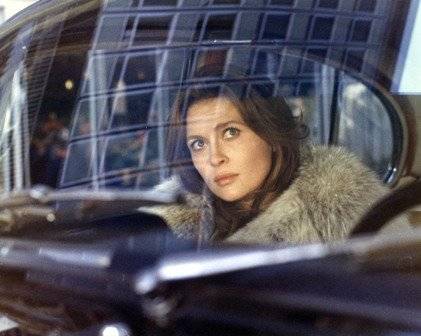
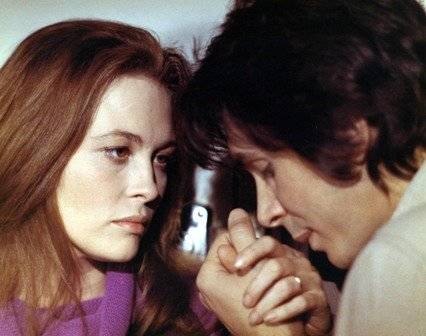

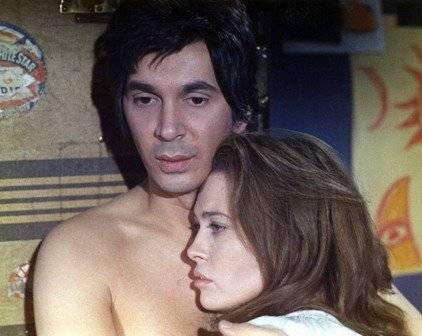
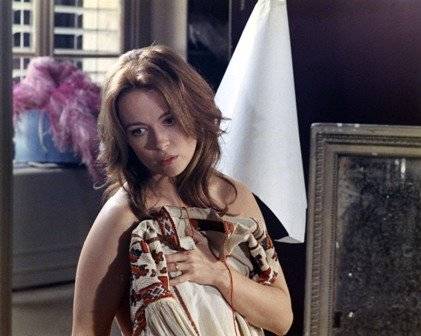
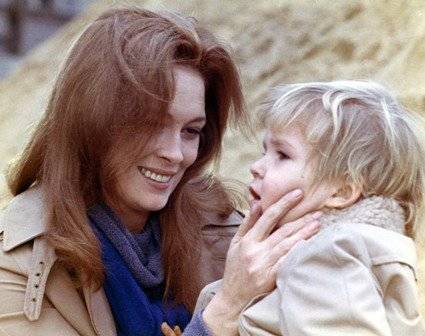
Your Opinions and Comments
Be the first to post a comment!